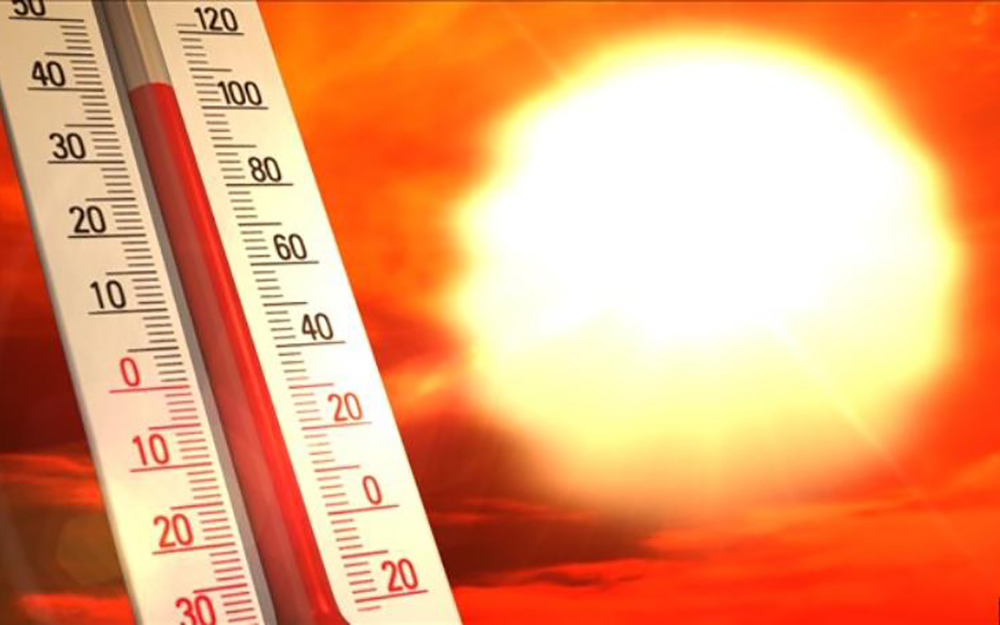
BY DR PETER KADILE
The extreme heat of our desert summer is here. It was 119 degrees last Friday, so it’s time for my annual survive the heat article.
Hydration
I have mentioned the importance of adequate hydration in previous articles. Poor fluid intake, especially in the summer heat, increases one’s chance of dehydration. A person can be dehydrated without feeling thirsty, so it is important to drink water throughout the day and especially if outdoors. A good gauge to assess hydration status is the color of your urine; the clearer your urine the better, dark urine is a sign of poor hydration status. Coffee, soft drinks and alcoholic beverages don’t count as good fluid intake because they actually cause dehydration. Drink water or sports electrolyte beverages.
Dehydration is the most common cause of kidney stones, thus another very important reason to drink enough water, especially during the summer.
If you are trying to stay hydrated in this heat, you should also never drink from a plastic water bottle that you left in the car. The heat can melt the plastic and the chemicals used to make the bottle could leach into the liquid and introduce toxins into your system.
Heat Cramps/Heat Exhaustion/Heat Stroke
Poor hydration habits along with prolonged exposure to heat and humidity can cause different types of heat related illness. For all these illnesses, treatment should include a cool place, rest and proper hydration with water or sports drinks.
Heat Cramps are the mildest form of heat injury and present as very painful and severe muscle cramps and spasms. Stretch cramped muscles slowly.
Heat Exhaustion is more severe and can include nausea, vomiting, headache, weakness, pale and moist skin and fever. One should remove excess clothing and place cool clothes on the skin. If the symptoms don’t resolve, then medical attention with IV hydration may be needed or else the condition can progress to heat stroke.
Heat Stroke is the most severe form of heat illness. It has the symptoms of heat cramps and heat exhaustion but includes neurological signs and symptoms of confusion or agitation and possibly seizures or coma. The skin in heat stroke is warm and dry. Heat stroke is a life threatening emergency and requires immediate medical attention.
If your body temperature gets too high and you are performing strenuous activity, a condition known as rhabdomyolysis may occur.
Rhabdomyolysis is a serious condition due to muscle injury. It results from the death of muscle fibers and release of their contents into the bloodstream. These broken down products of muscle fibers can lead to complications such as renal (kidney) failure. This occurs when the kidneys cannot remove waste and concentrated urine. In rare cases, rhabdomyolysis can even cause death. Hiking, working out or strength training outdoors in the 100+ degree heat is not recommended.
The most important thing to do during this extreme heat is to stay indoors. If you don’t have to be outside than don’t go. If you like to exercise outside, the best time would be early morning before the sun comes up. Drink water!










































